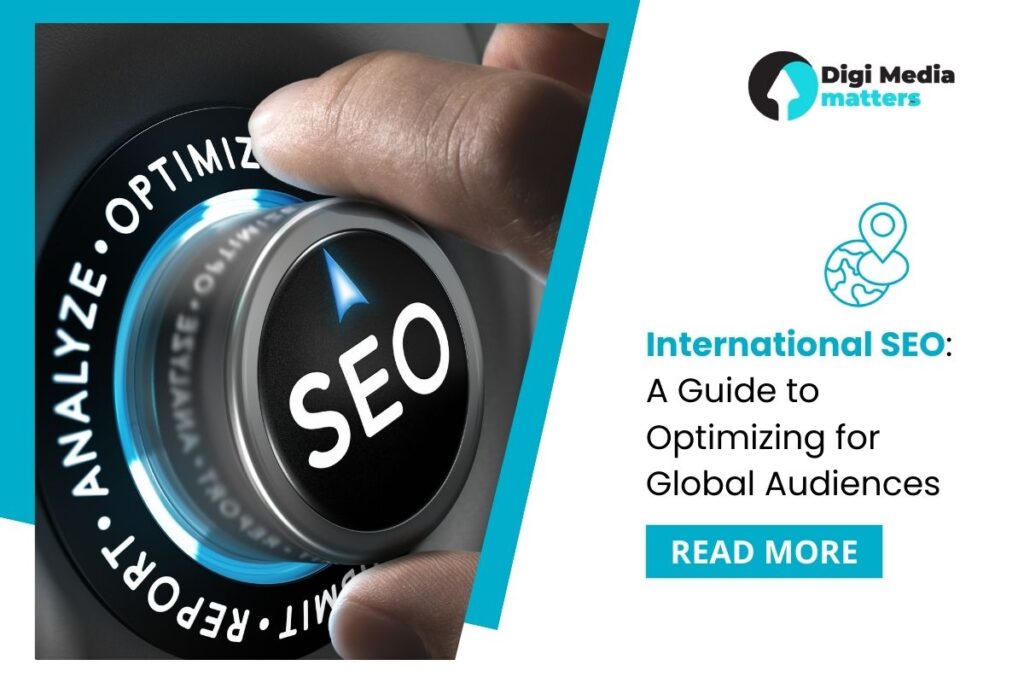
In today’s interconnected world, businesses are no longer confined to local markets. With the rise of the internet, companies can reach global audiences and expand their operations internationally. However, to effectively engage with these audiences, businesses need to implement International SEO strategies. This guide will explore the essentials of optimizing for global audiences, helping you navigate the complexities of global SEO.
What is International SEO?
International SEO is the practice of optimizing your website to rank higher in search engine results for different countries and languages. It involves various strategies to ensure that your content is relevant and accessible to users around the world. This includes understanding cultural differences, language preferences, and local search behaviors.
Why is International SEO Important?
As more businesses expand into international markets, the competition for visibility in search engines increases. Here are a few reasons why International SEO is crucial:
- Expanded Audience: By optimizing for global audiences, you can reach potential customers in new markets, increasing your customer base.
- Increased Visibility: Properly implemented International SEO strategies can improve your website’s visibility in local search results, driving more organic traffic.
- Competitive Advantage: Many businesses overlook international SEO. By focusing on it, you can gain an edge over competitors who are not optimizing for global audiences.
- Enhanced User Experience: Tailoring your content to meet the needs of international users improves their experience, leading to higher engagement and conversion rates.
Key Components of International SEO
To effectively optimize your website for international audiences, you need to understand several key components:
- Global Keyword Research
Global keyword research involves identifying the search terms that potential customers in different countries use to find products or services similar to yours. This research is critical for creating content that resonates with local audiences. Use tools like Google Keyword Planner or SEMrush to find relevant keywords for each target market.
- Language Targeting
Language targeting ensures that your content is available in the languages spoken by your target audience. This may involve creating separate versions of your website for each language or implementing multilingual SEO strategies. Remember, simply translating your content is not enough; it must also be culturally relevant.
- Hreflang Tags
Hreflang tags are HTML attributes that help search engines understand the language and geographical targeting of your pages. By using hreflang tags, you can prevent duplicate content issues and ensure that users see the correct version of your site based on their language and location.
- Country-Specific Domains
Using country-specific domains (ccTLDs) can enhance your international SEO efforts. For example, using .co.uk for the UK or .de for Germany signals to search engines that your content is tailored for those specific audiences. This can improve your rankings in local search results.
- Geo-Targeting
Geo-targeting involves delivering content based on the user’s geographical location. This can be achieved through IP detection or by allowing users to select their location manually. Geo-targeting ensures that your audience sees the most relevant content based on their location.
Strategies for Effective International SEO
Now that you understand the key components of International SEO, let’s explore some effective strategies to implement:
- Conduct International Market Research
Before diving into international SEO, conduct thorough international market research. Understand the preferences, behaviors, and cultural nuances of your target audience in different countries. This knowledge will inform your keyword research and content strategy.
- Implement Localization
Localization goes beyond translation; it involves adapting your content to meet the cultural and linguistic needs of your target audience. This includes modifying images, colors, and even the tone of your content to resonate with local users. For example, a marketing campaign that works in the U.S. might not be effective in Japan due to cultural differences.
- Focus on International Content Marketing
International content marketing is essential for engaging global audiences. Create high-quality, relevant content that addresses the needs and interests of your target markets. This could include blog posts, videos, infographics, and more. Ensure that your content is optimized for local keywords and aligns with local search intent.
- Utilize International Link Building
International link building involves acquiring backlinks from websites in your target countries. This helps improve your website’s authority and visibility in local search results. Reach out to local influencers, bloggers, and industry publications to establish partnerships and gain valuable backlinks.
- Optimize for User Experience (UX)
A positive user experience (UX) is crucial for retaining visitors and encouraging conversions. Ensure that your website is easy to navigate, loads quickly, and is mobile-friendly. Consider the preferences of your international audience, such as currency and payment methods, to enhance their experience.
- Ensure Mobile Optimization
With the increasing use of mobile devices, mobile optimization is vital for international SEO. Ensure that your website is responsive and provides a seamless experience across all devices. Google prioritizes mobile-friendly sites in its search rankings, making this an essential aspect of your strategy.
- Leverage Language Translation Services
If you’re targeting multiple languages, consider using professional language translation services to ensure accurate and culturally relevant translations. Avoid relying solely on automated translation tools, as they may not capture the nuances of language and culture.
- Monitor and Adjust Your Strategy
International SEO is not a one-time effort; it requires ongoing monitoring and adjustments. Use tools like Google Analytics to track your performance in different markets. Analyze traffic, engagement, and conversion rates to identify areas for improvement. Regularly update your content and SEO strategies based on changing trends and user behavior.
Conclusion:
Optimizing your website for international audiences through International SEO is essential for expanding your reach and driving growth in the global marketplace. By understanding the key components and implementing effective strategies, you can create a robust international presence that resonates with users worldwide. As you embark on your international SEO journey, remember to conduct thorough research, focus on localization, and continuously monitor your performance. With dedication and the right approach, your business can thrive in the global arena, reaching new customers and unlocking new opportunities.
